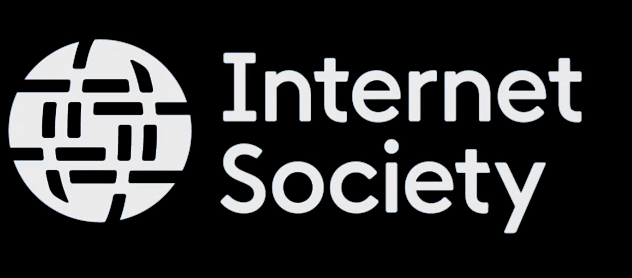Selena Savic

Selena Savic is an architect and researcher interested in the design of connectivity and interactions with the built environment. She holds a joint Ph.D. by EPFL in Lausanne and IST in Lisbon, and has a background in urban planning and media design. Her hybrid design practice aims at foregrounding seamless technologies and infrastructures.
Presenting
Architecture: Between Weather and Electromagnetic Radiation
Wireless communication signals propagate through the environment, distributing information as far as possible. They are met with resistance in the form of built structures and other obstacles, movement of bodies and people’s communication activity. Perceived as a resource, a given, connectivity itself has not received much attention from designers and architects.
During the 2013 Papal conclave, Sistine Chapel was isolated from electromagnetic radiation, seeking to retain information secrecy until the decision on the new Pope was made. A Faraday cage and electromagnetic jammers were set up in the Chapel, which, like any standard architecture is sub-optimal to resist information leaking and intrusive intelligence operations. This emphasized the discrepancy between architecture as a shelter from the weather and from electromagnetic radiation.
Building on this iconic image, I will discuss an approach to architecture where propagation of networks is equally important as the propagation of light, or more. As the first step towards recognizing this importance, I will present a network traffic monitoring tool, Connect or Not application, which I developed as part of the inquiry into architecturality of wireless networks (see http://emperors.kucjica.org). By gathering usually unrelated quantities: data consumption by smartphones (both cellular and Wi-Fi) and their location, I was able to observe irregularities in the way infrastructure and occupancy are distributed in space. This points towards the need to internalize the understanding of network propagation when designing space for connectivity.
The need for both connectivity and information secrecy will yield more elaborate solutions in the future. In this situation, we should strive towards more flexible and bottom-up ways to control network propagation in buildings. To conclude this talk, I will present some key examples of architectural design and proposals which demonstrate the above.



